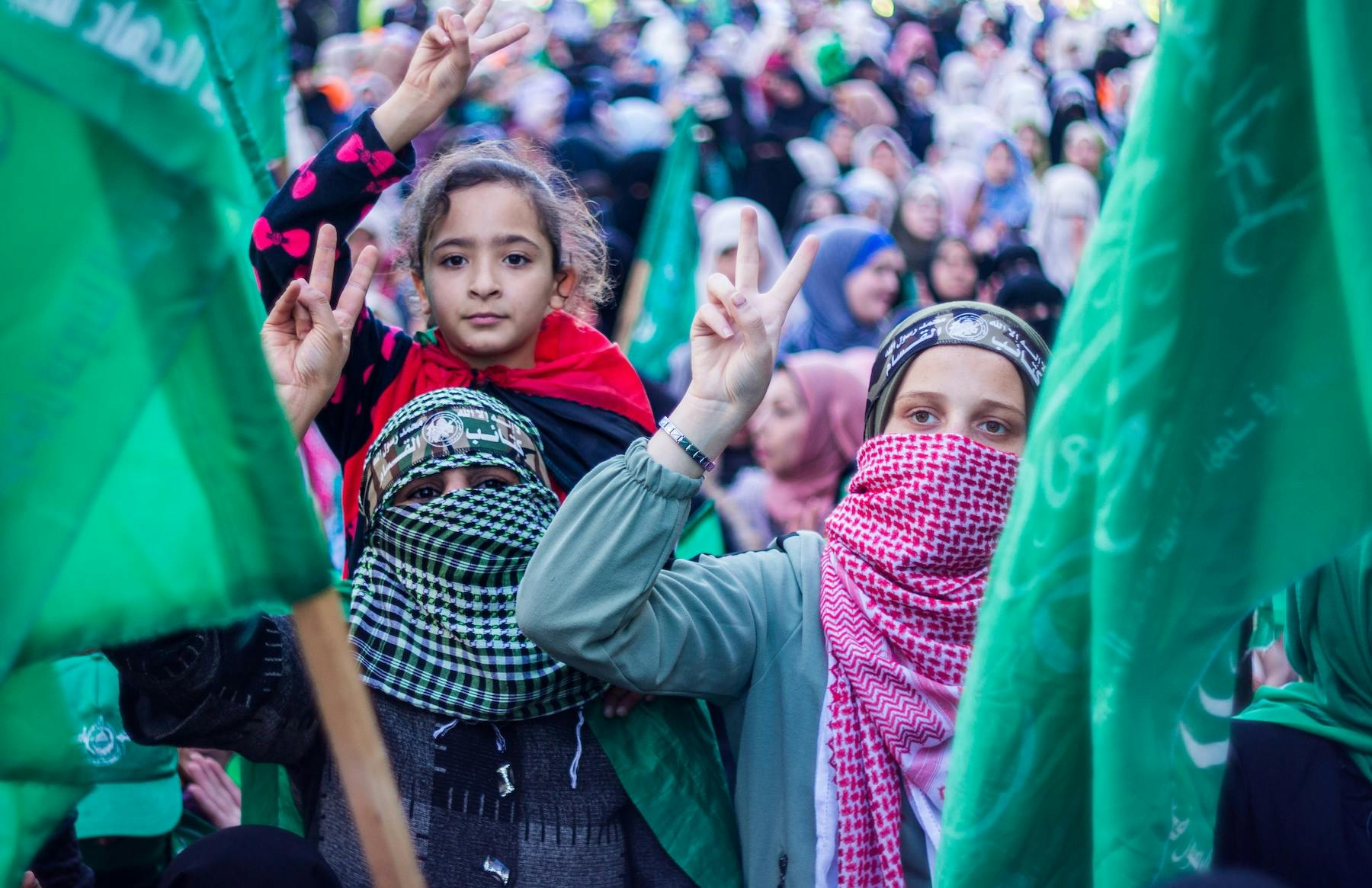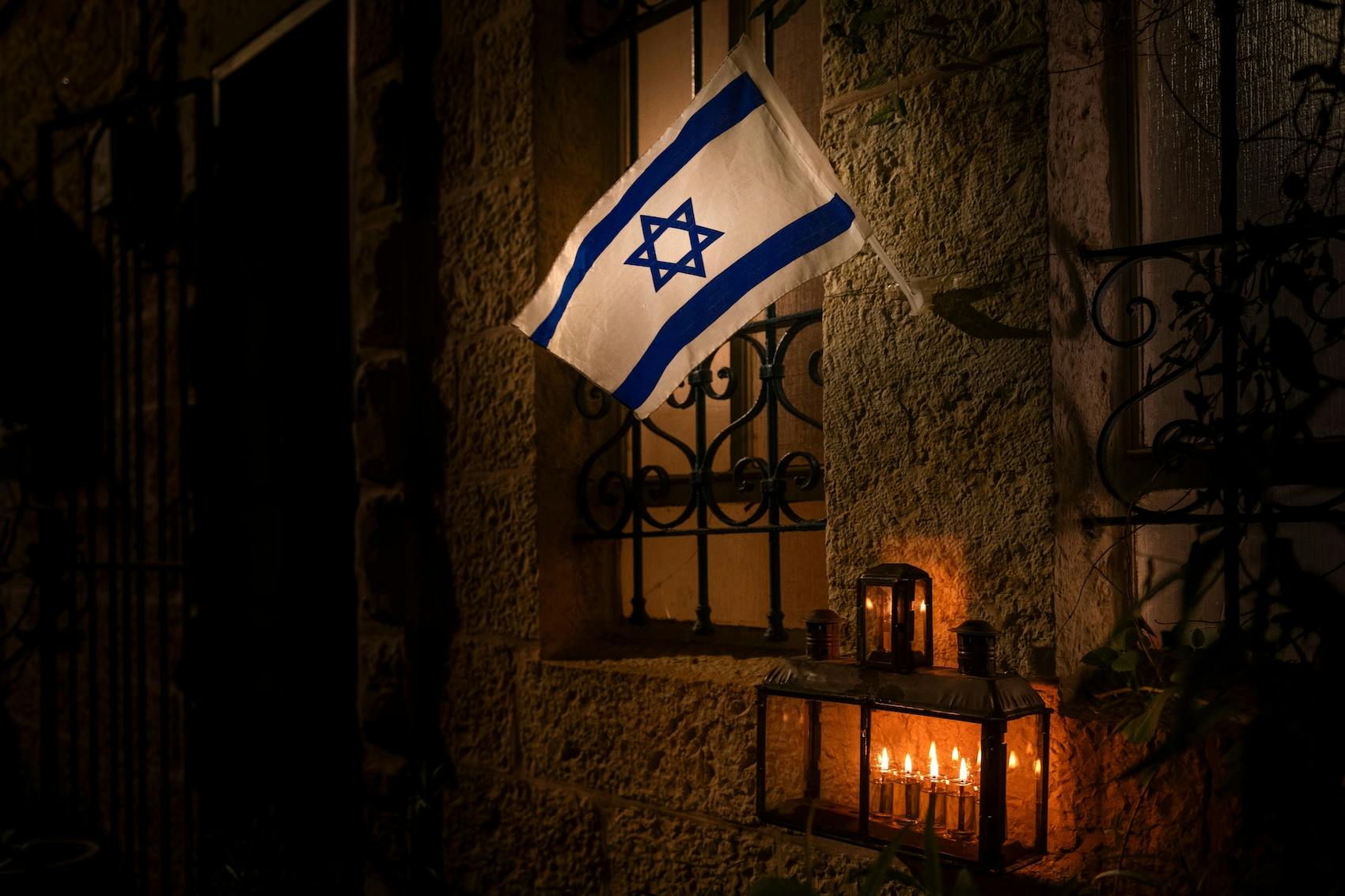“You shall count seven full weeks from the day after the Sabbath, from the day that you brought the sheaf of the wave offering. You shall count fifty days to the day after the seventh Sabbath. Then you shall present a grain offering of new grain to the Lord."
Leviticus 23:15-16
The meaning of the word Shavu’ot is “weeks,” and is celebrated 7 weeks after the second day of Passover. In the Christian tradition, it’s known as Pentecost—a Greek term that means “fiftieth,” referring to the fact that it happens roughly 50 days after Easter.
It was originally a harvest festival but later came to commemorate the giving of the Torah to the nation of Israel assembled at Mount Sinai. Later still, Christians came to know it as the day the Holy Spirit descended upon the Apostles and other followers of Jesus, while they were in Jerusalem celebrating Shavu’ot.
It’s a time of layered significance and deep appreciation for the blessings God has bestowed upon His people.
The Establishment of Shavu’ot
“You shall count seven weeks for yourself; begin to count the seven weeks from the time you begin to put the sickle to the grain. Then you shall keep the Feast of Weeks to the Lord your God with the tribute of a freewill offering from your hand, which you shall give as the Lord your God blesses you. You shall rejoice before the Lord your God, you and your son and your daughter, your male servant and your female servant, the Levite who is within your gates, the stranger and the fatherless and the widow who are among you, at the place where the Lord your God chooses to make His name abide.”
Deuteronomy 16:9-11
An Agricultural Background
When the Jews settled in the Promised Land, the meaning of Shavu’ot was transformed into an agricultural holiday that celebrated the Lord’s provision for His people.
Exactly seven weeks after the first harvest of barley, Jews would come to the tabernacle to present the first fruits of their spring crops before the Lord. Since Shavu’ot occurs 50 days after Passover, the Greek translators of the Torah called it “Pentecost”.
The first fruits of the crops were called Bikkurim and referred especially to the seven species of the Promised Land: barley, wheat, grapes, figs, pomegranates, dates, and olives (Deut. 8:8).
As soon as a Jewish farmer would see the first signs of ripening fruit, he would tie a string or ribbon around it and designate it as Bikkurim.
Later he would pick the fruit, put it in a basket, and journey to the tabernacle/Temple for the festival of Shavu’ot. Since it was a pilgrimage holiday, there would be a large procession of Jewish farmers carrying the baskets on the road, singing songs of joyful praise.
At the tabernacle/Temple, each family would present the basket of fruits to the priest to be put before the alter, while reciting a passage from the book of Deuteronomy.
In the priestly service, the 49-day countdown to the holiday is called “Sefirat Ha’omer,” or the counting of the Omer.
On Shavu’ot, a sample of the first crop of wheat harvest was brought to the priests, baked into 2 loaves of leavened bread, and then waved before the altar as a concluding rite of the season. This was the only time leavened bread was used in the priestly service.
The Mosaic Significance
After the Temple was destroyed in A.D. 70, the agricultural aspect of Shavu’ot could no longer be observed.
So the Sages re-connected the festival with the giving of the Torah at Mt. Sinai—because it was on Shabbat morning of the 6th of Sivan, exactly 7 weeks after the Exodus, that the Lord descended amidst thunder, lightning, smoke, fire, and the blast of the shofar. He then declared the foundation of moral conduct required of the people—the Ten Commandments.
Thus, Shavu’ot became known also as Zman Matan Torah – “The Season of the Giving of the Torah.”
Shavu’ot Today
Since Shavu’ot is identified as the time of the giving of the Torah, activities, and customs about receiving the Torah are prevalent at this time.
Each Jew is commanded to consider himself personally involved in Sinai. Therefore, on Shavu’ot, Jews reaffirm their commitment to the Mosaic covenant and the Jewish way of life. During synagogue services, everyone stands as the Ten Commandments are recited and everyone ratifies them with “Kol asher diber Adonai na’aseh ve’nishma,”—"All the words which the Lord has said we will do and obey (hear).”
Other customs include decorating the home and synagogue with greenery, eating dairy foods, and staying up all night studying Torah.
Shavu’ot and The Book of Ruth
It is customary to read the book of Ruth at this time since the events recounted took place during the time of the spring harvest, and Ruth is a picture of the gentiles’ willing acceptance of a Jewish lifestyle and embracing the God of Israel.
Ruth the Moabite symbolises the ability to create a strong and faithful connection between people, even if they are strangers, or significantly different from one another. Ruth, whose name means, “friendship”, follows Naomi, her mother in law and friend, with love and uncompromising faithfulness. She chooses the warmth of dedication over the coldness of foreignness and manages to bring people together against all odds. That is her greatness.
The essence of Vision for Israel’s charitable work is to bring hearts together, creating friendships and collaboration in our common goal for a better future. It is our privilege to stay faithful to these principles along the way.
It is thanks to our faithful supporters around the world that we can reach these goals.
The Anniversary of the Church
As one of the three pilgrimage festivals in the Old Testament, Jews from all over the world would come to Jerusalem to celebrate and reaffirm their commitment to the covenant of Moses.
The New Testament reveals that Shavu’ot is the climax of God’s plan for our deliverance through Yeshua the Messiah. The countdown to Shavu’ot represents the giving of the anticipated New Covenant to mankind since it was on this very day that the Holy Spirit was given to form the Church of God.
Shavu’ot marks the day when God entered into a covenant with the Jewish nation. During the first Shavu’ot at Mt. Sinai, God instituted the Mosaic covenant and gave the Torah in a written form. But during Shavu’ot, after Yeshua’s resurrection, God established the New Covenant when He wrote the Torah on the hearts of Yeshua’s followers.
We wish all of you a very blessed Shavu’ot—or Pentecost—and May the Lord bless you and keep you. Shalom.





